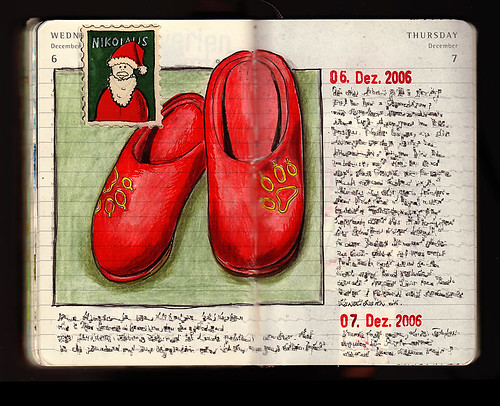Steven Yaskin, Queplix Chief Technology Officer, asked me to review his recent creation, an Open Source Customer Care web application named QueWeb Customer Care, made available also for download (requires registration) under an MPL + attribution license (QPL license).
 To boldly go by Cadigan
To boldly go by Cadigan
Queplex was announced on the 23th of April, and apparently is the first commercial software built on Google Web Toolkit – an open source Java framework designed to deploy AJAX applications – chosen for the following reasons:
Writing dynamic web applications today is a tedious and error-prone process; you spend 90% of your time working around subtle incompatibilities between web browsers and platforms, and JavaScript’s lack of modularity makes sharing, testing, and reusing AJAX components difficult and fragile. GWT lets you avoid many of these headaches while offering your users the same dynamic, standards-compliant experience. You write your front end in the Java programming language, and the GWT compiler converts your Java classes to browser-compliant JavaScript and HTML.
I went through the live demo available on line – just in case I suggest you to read the brief guide for the demo, it might help – and it looks fancy, but I didn’t go much further than having a look at it.
Queplix adopted the product specialists model, selling value added services for data conversions and it looks like if it is going to start a partnership program based on a new upcoming product:
QueWeb Professional (scheduled for Q3 2007), for IT consulting companies and Value Added Resellers (VARs) serving customers with verticalized or specialized solutions. Features a QueWeb OS download along with a set of proprietary development tools, including: QueDesigner to more easily customize, configure, integrate and build additional functionality; and QueCrawler to “crawl” through company legacy metadata and extract business objects for the replication of existing business processes and GUIs.
Queplix involving VARs might start its own marketplace, and opening to a Split OSS/Commercial products business model, who knows.
About Commercial Open Source, I disagree with this pretty bold statement:
Queplix is the only enterprise-level commercial open-source vendor
As far as I can see they still have to work on creating and leveraging their own community – as others like MySql and at some extent Alfresco are trying to do now – but… is Queplix willing to abandon the corporate production model?
Technorati Tags: Queplix, commercial open source, google web toolkit

 To boldly go by
To boldly go by  FSFE Fellowship initiative by
FSFE Fellowship initiative by  Diary by
Diary by
Reply